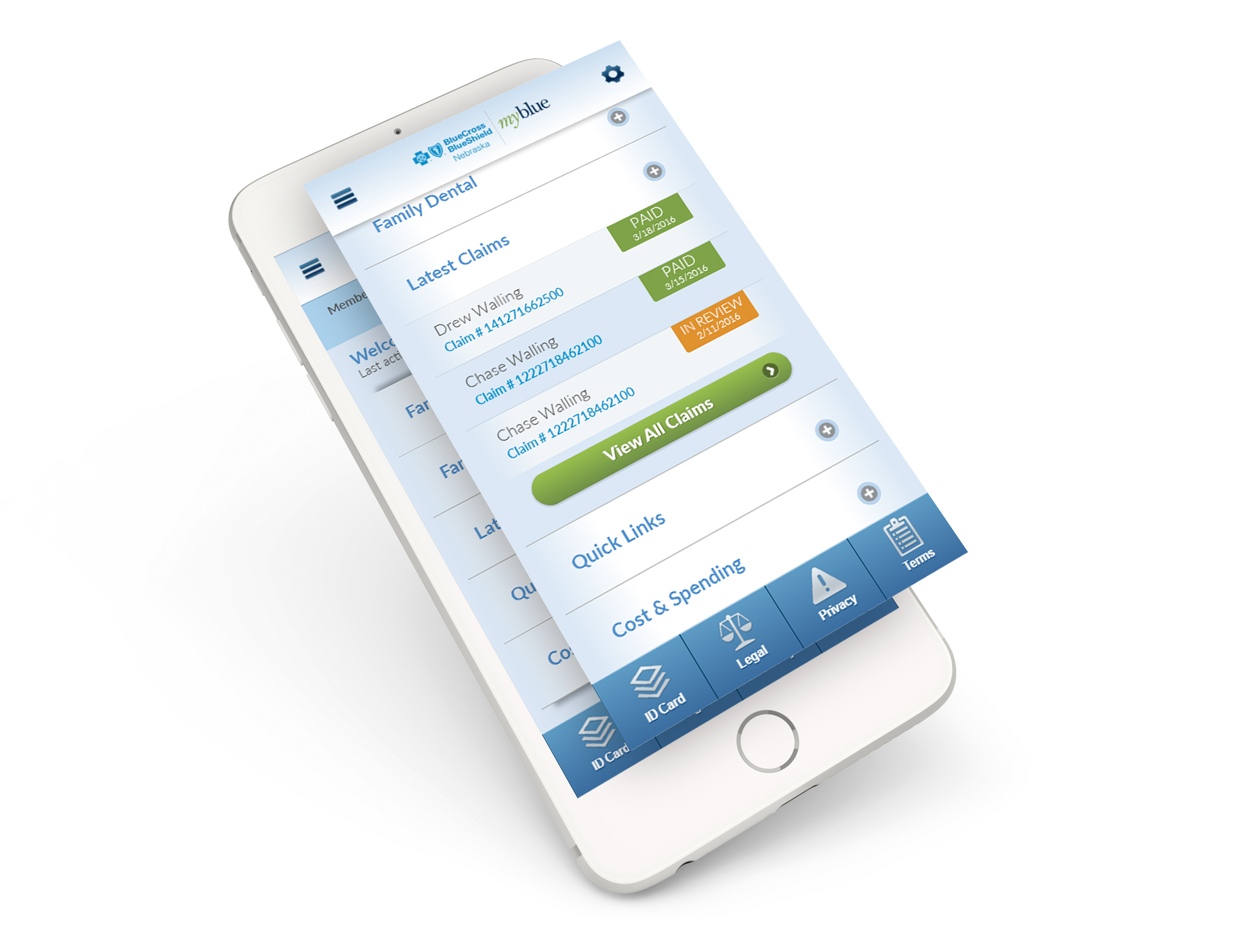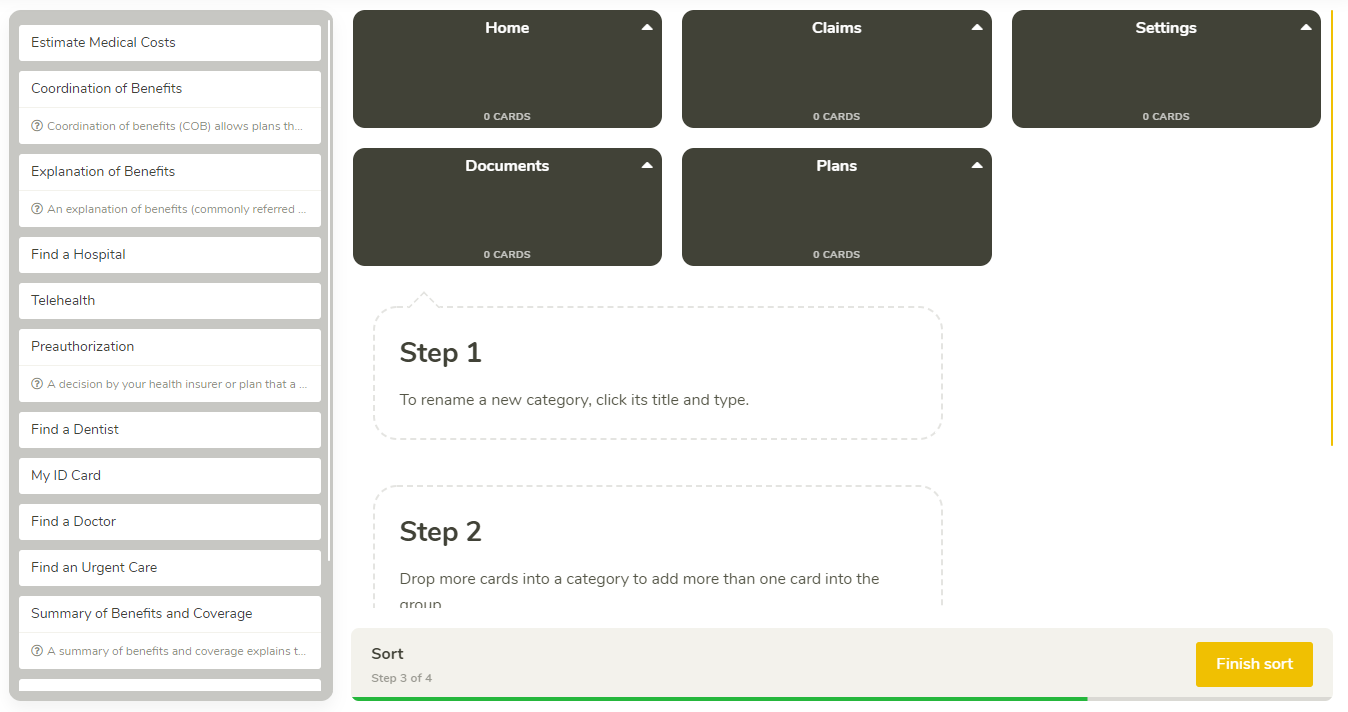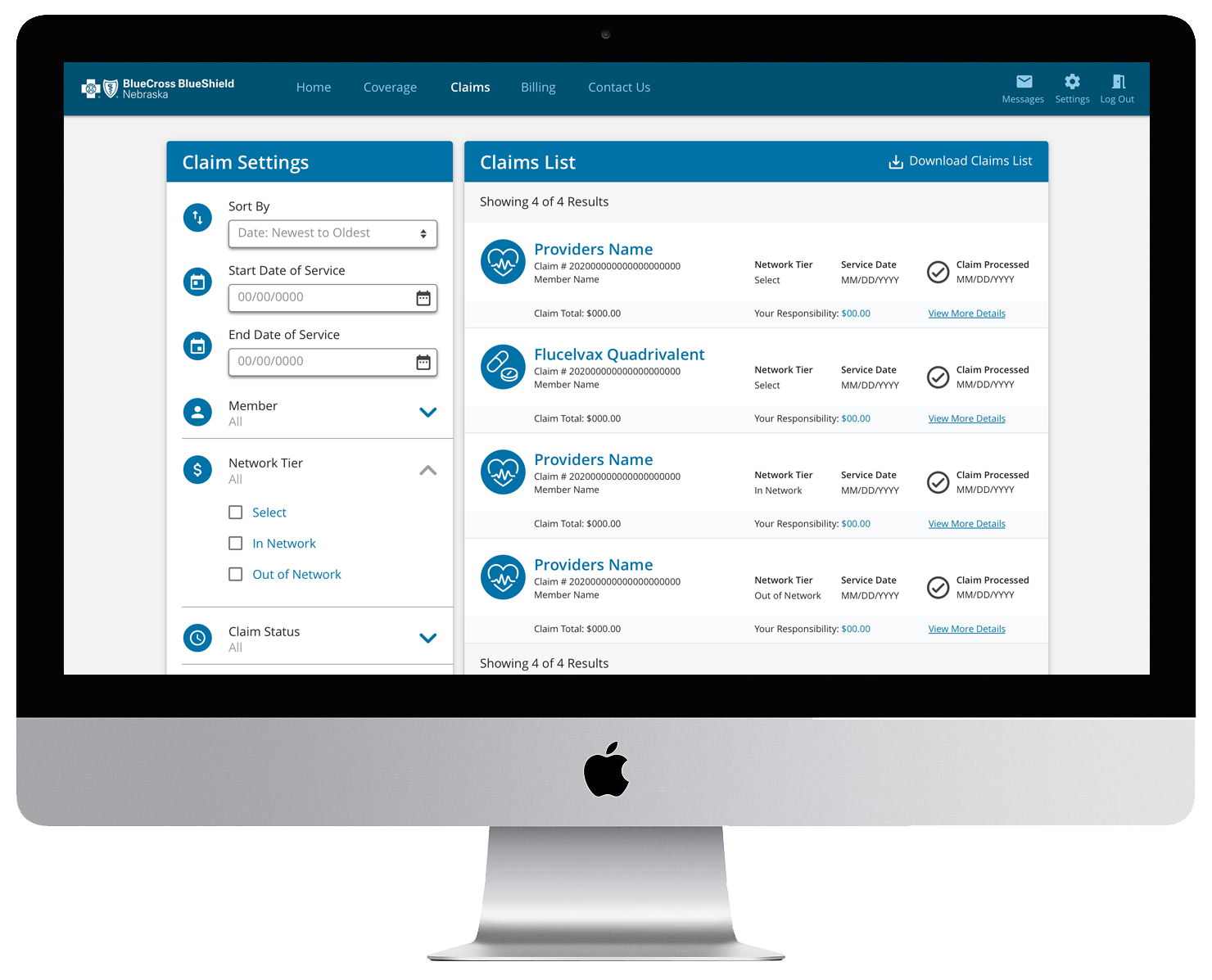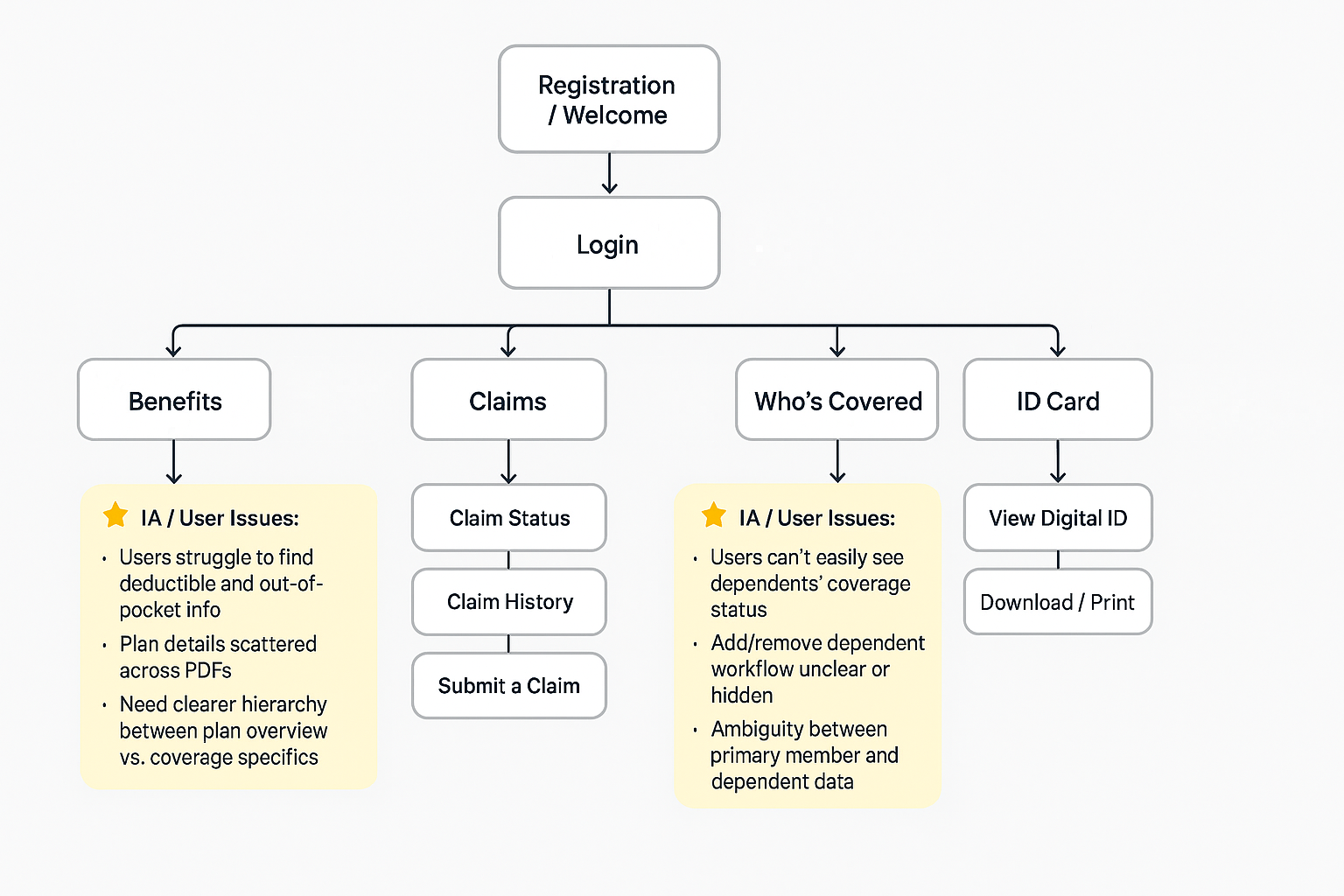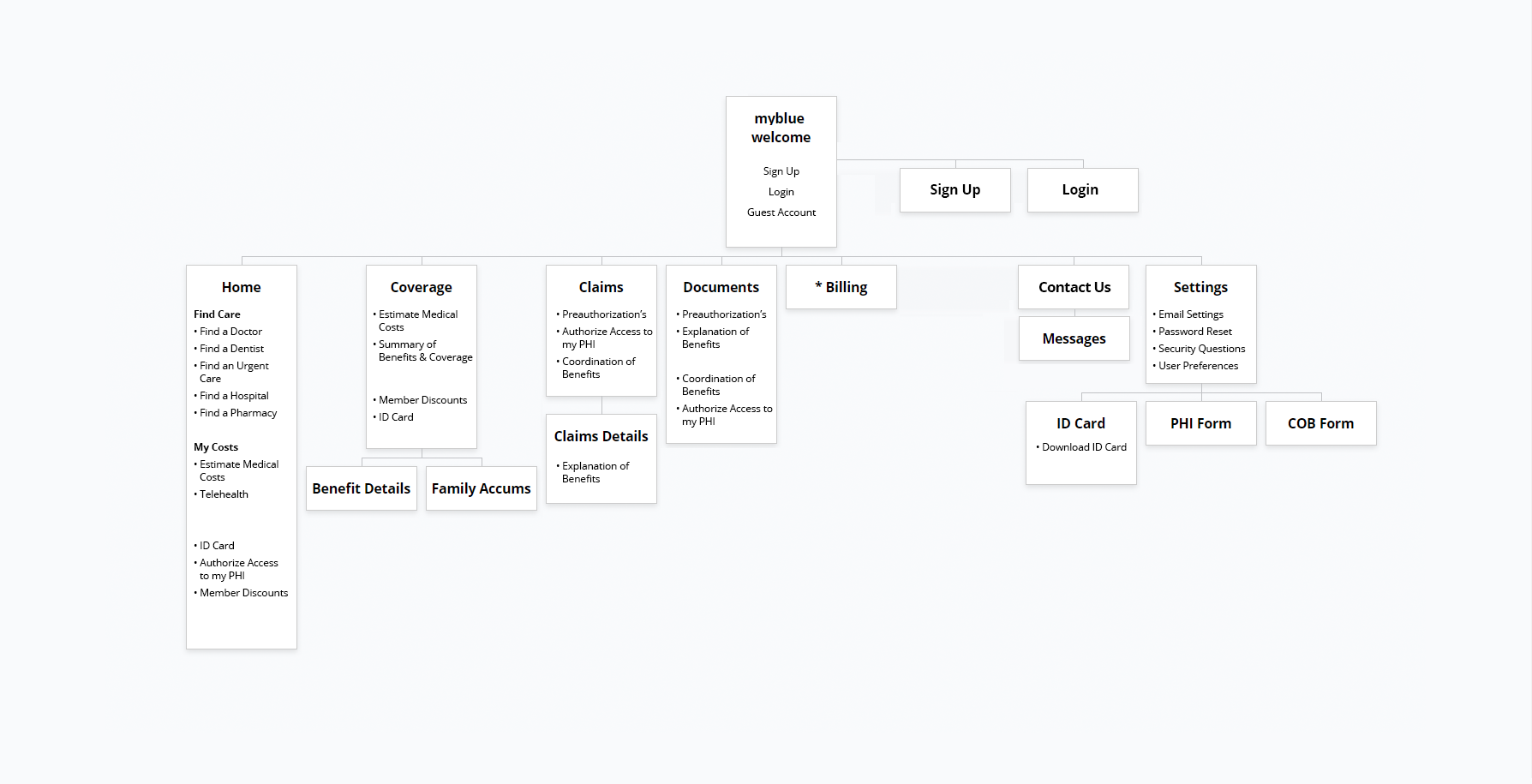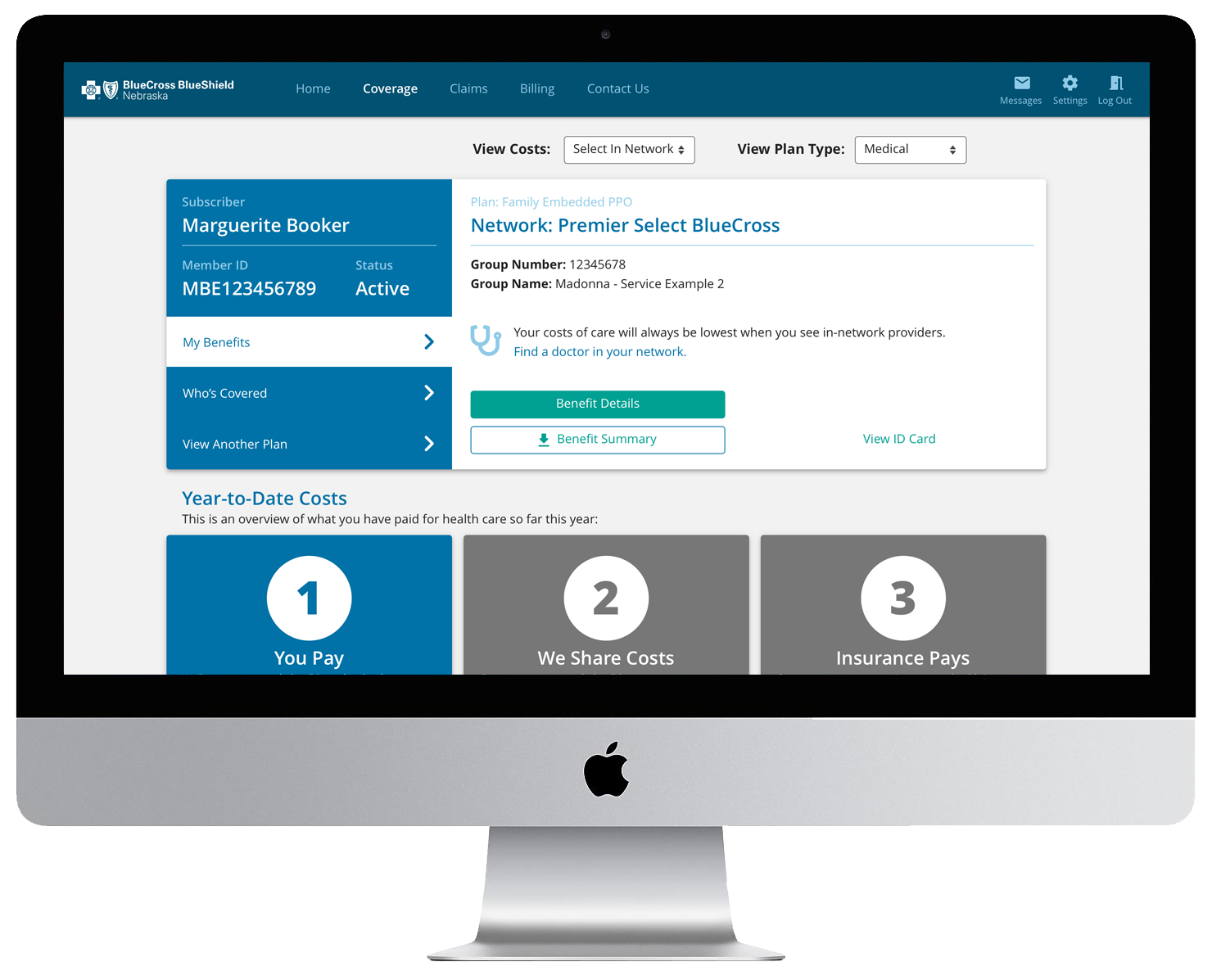In 2020, I was brought in to rescue a struggling member portal redesign that had lost both original designers, the Product Owner, and multiple developers during a company restructure. With no stakeholder alignment, incomplete UX research, and a neglected application suffering from poor usability, I stabilized the initiative, re-engaged leadership, and led a complete redesign from research through launch.
Over two years, I transformed a portal with a 2.6/5 satisfaction rating into one achieving 3.2/5, increased traffic by 50%, improved engagement by 25%, and reduced customer service calls by 20% on key topics—all while building the design system and handling front-end development for accessibility compliance.
